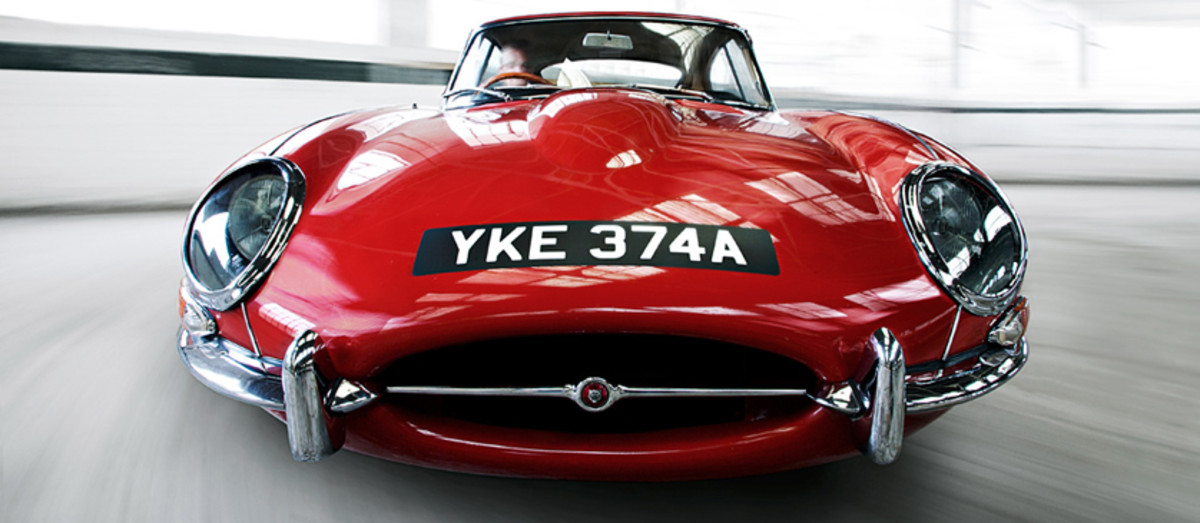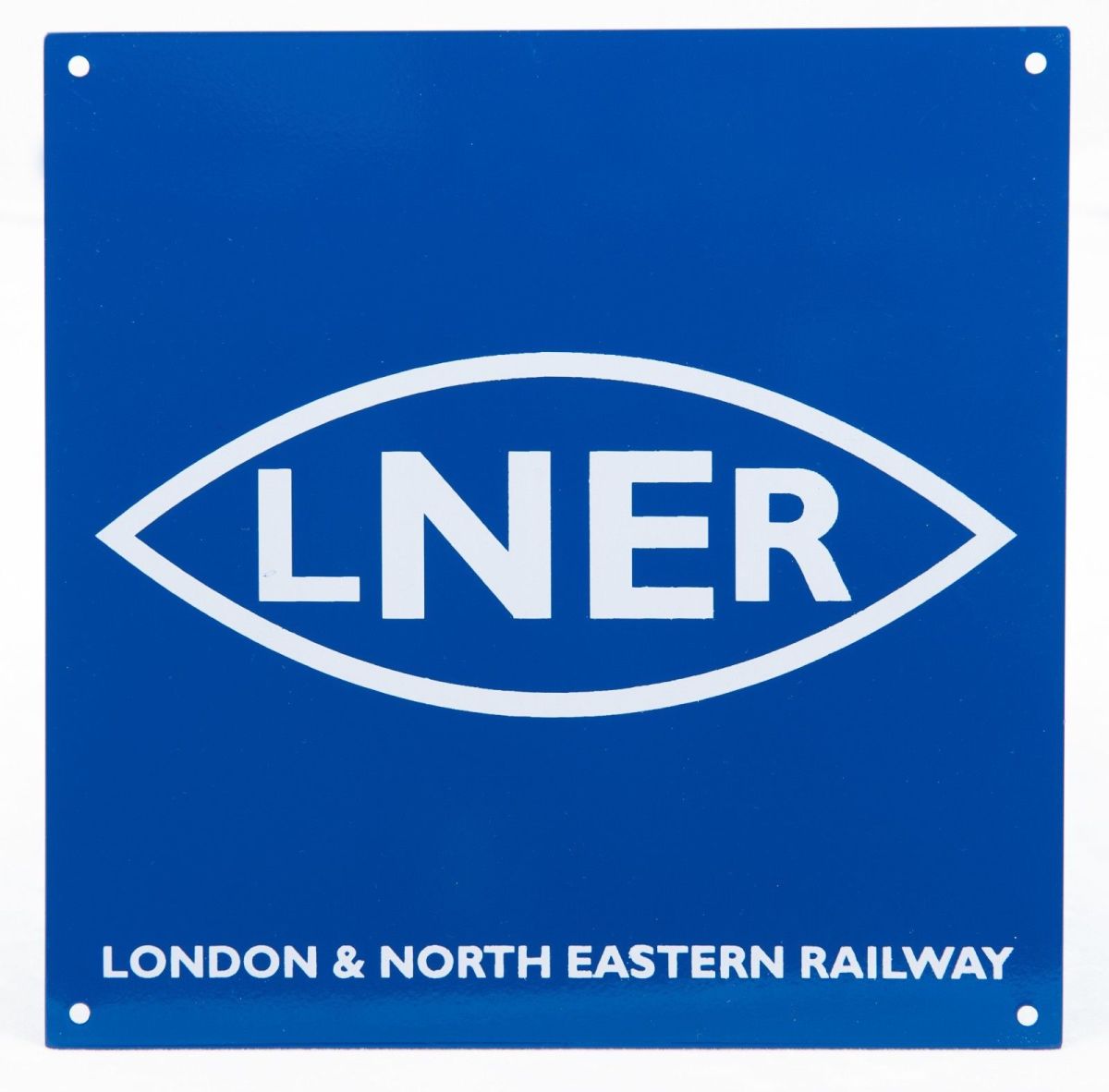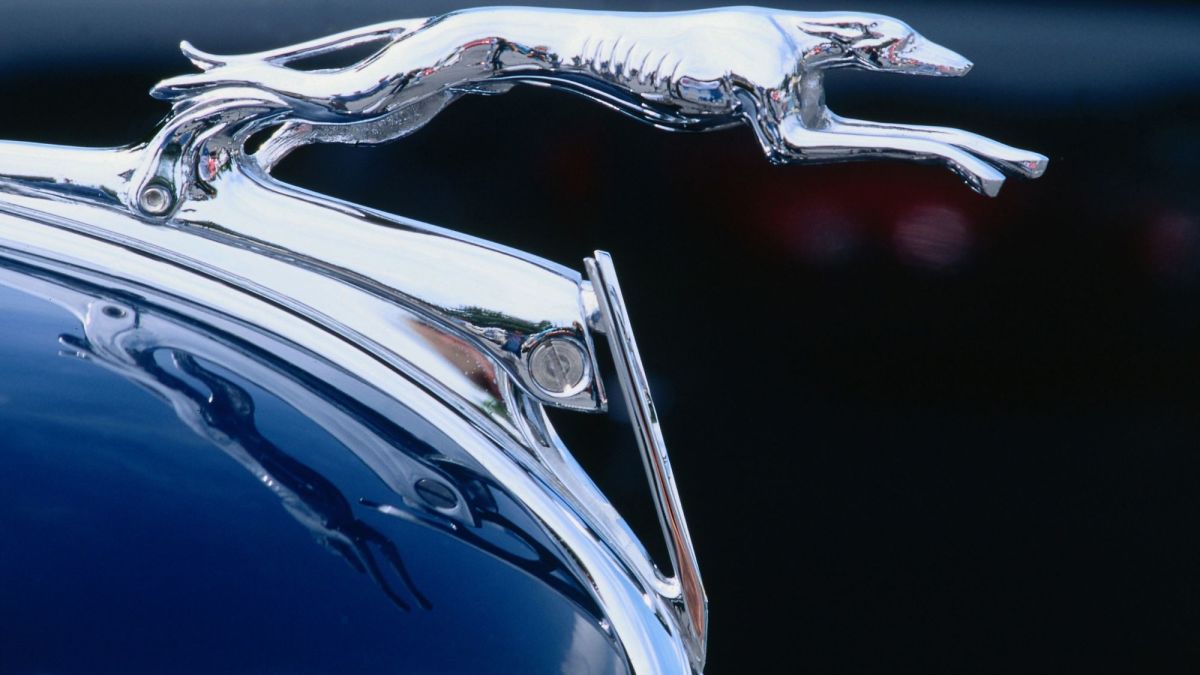The Hudson Motor Car Company - Cars, Competition and Character
1910 - In the Beginning...
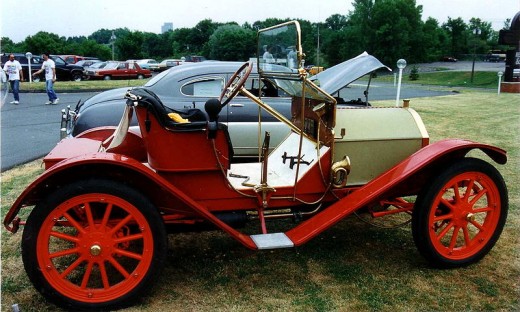
Roller Coaster Ride in a Hudson
The story of the Hudson Automobile Company is a somewhat typical story of American business enterprise during the first half of the 20th century. There were boom and also bust times. Battling against automotive giants, Hudson couldn’t afford to make mistakes. And when it made too many, it faded into history.
All that's left of Hudson is some remarkable examples of it’s famous automobile -- but was the end inevitable? Classic car fans are left to ponder..."what if..."
Old Hudson Can Still Bring It...
Roaring 20's, Soaring Hudson
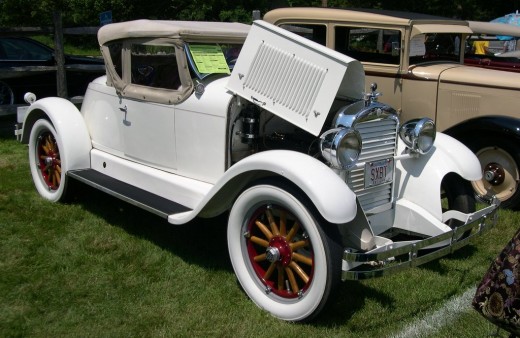
1930s Innovation and Style
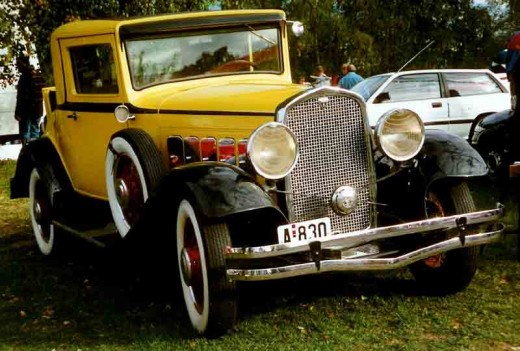
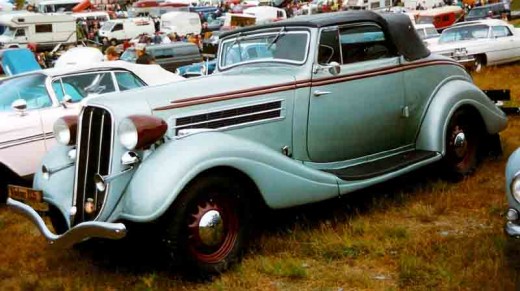
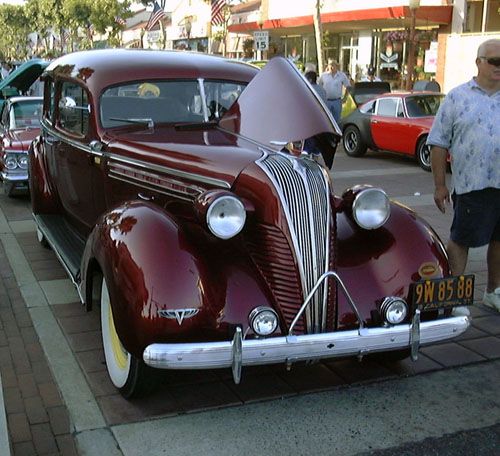
In 1909, Roy Chapin and Howard Coffin, experienced car men from the Olds Company, decided the auto market was ready for a high quality, innovative automobile that would sell for less than $1,000. Joseph L. Hudson was their financier and the new car was named in his honor. Early production numbers were astounding for the time and the future looked bright.
The company grew and prospered in the 1920s and new models, the Essex and Terraplane added to the lineup. Trucks were also produced using the trade name “Dover.” By 1929 Hudson was the nation’s number three automaker. Things never looked better.
1930s - Times Are Tight
During the 1930‘s, Hudson introduced innovations such as dashboard warning lights, “double-safe Hydraulic brakes,” a light weight but powerful six-cylinder engine, a high compression engine and balanced crankshafts (allowing smoother and quieter engines).
In 1932 they introduced the “unit-engineered method” of body construction. This allowed a lighter, stronger body and is the standard body for all cars today. The company's cash problems were not reflected at all in it's cars.
1940s Postwar Facelift
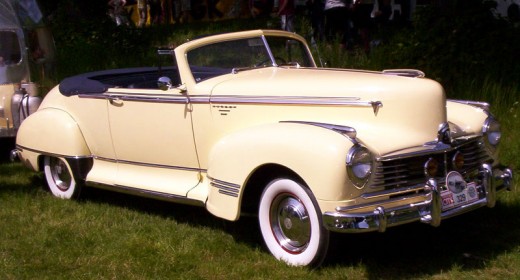
War and Post War for Hudson
Maybe Hudson's biggest innovation prior to World War II was introduction of an automatic transmission. Oldsmobile already had one on the market and Hudson, like other competitors were rushing to design their own. Hudson's automatic was reliable but complicated and eventually the Olds hydra-matic design became the accepted one for the industry.
In 1942 Hudson converted it’s substantial manufacturing capacity to wartime defense production (until 1946).
After the war, Hudson retooled and introduced a new 1948 model with a dropped floor design which set the body inside of the frame instead of on it. This gave the car a low silhouette and low center of gravity. Once again, Hudson's design became the industry standard and is still used in a modified fashion today.
1950s - Mostly Good Cars, Some Bad Decisions
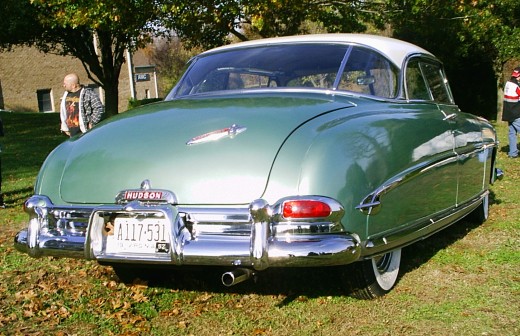
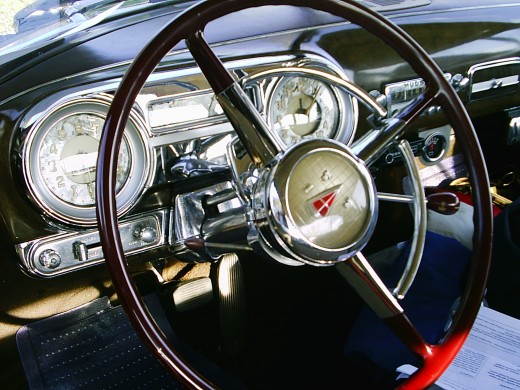
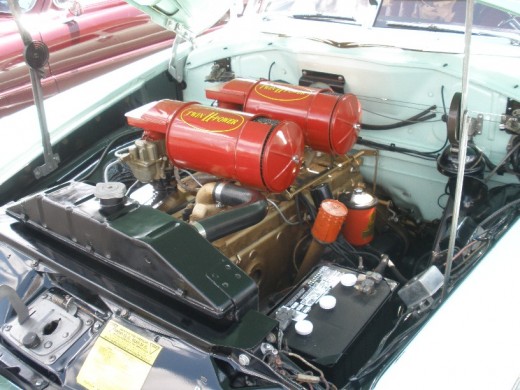
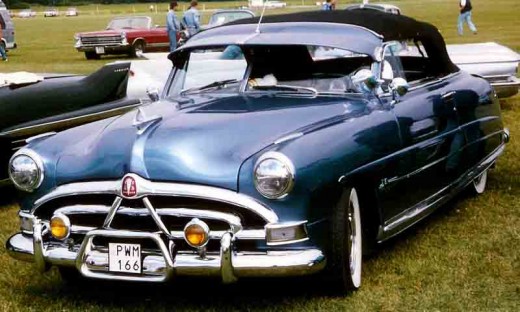
1950s - Riding Into the Sunset
The uni-body, and it's low center-of-gravity was one reason for Hudson's racing success in the early 1950’s. They dominated stock car racing as no car has before or since.
The famous Hudson
Hornet, introduced in 1951, with it's incredible handling and huge,
twin carburetor 308 cu. in. six-cyl. engine was the hottest
car on the road…but where were the sales numbers? For the answer, let's look at Hudson's huge competitors.
During the 1950’s Ford and GM were locked in a sales war and both began using tactics which would spell the end (either intentionally or as collateral damage) of the smaller companies. Yearly styling changes, price wars and huge advertising campaigns were too expensive for Hudson to compete with.
Hudson’s bland styling and it's reputation for being "reliable but boring” were not what the market wanted. In 1954 Hudson merged with Nash-Kelvinator (forming AMC). This didn't stave off extinction, in fact the results, for Hudson were disastrous.
The new company closed the Hudson plant in Detroit and began producing a Hudson-bodied Nash that wasn't a real Hudson. Buyers worried that the Hudson brand would soon disappear so most looked to the big three for their next cars. They knew that Fords and GMs wouldn’t become orphans in a short time, but they weren't so sure about Hudson.
After 1957 the Hudson emblem lived no more.
The Legacy
Could Hudson have survived? Probably not. A better merger might have saved it but the big three weren‘t interested. Cash-strapped Hudson knew it couldn’t run with the big dogs on its own, so it ended up tied to Nash’s fate in the AMC merger.
Companies come and go, mostly to be forgotten, but Hudson made a bigger dent than most. The Hudson Motor Company is remembered as a little gladiator who battled giants -- and often won.




